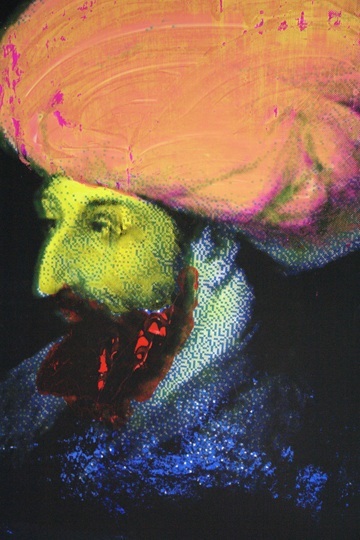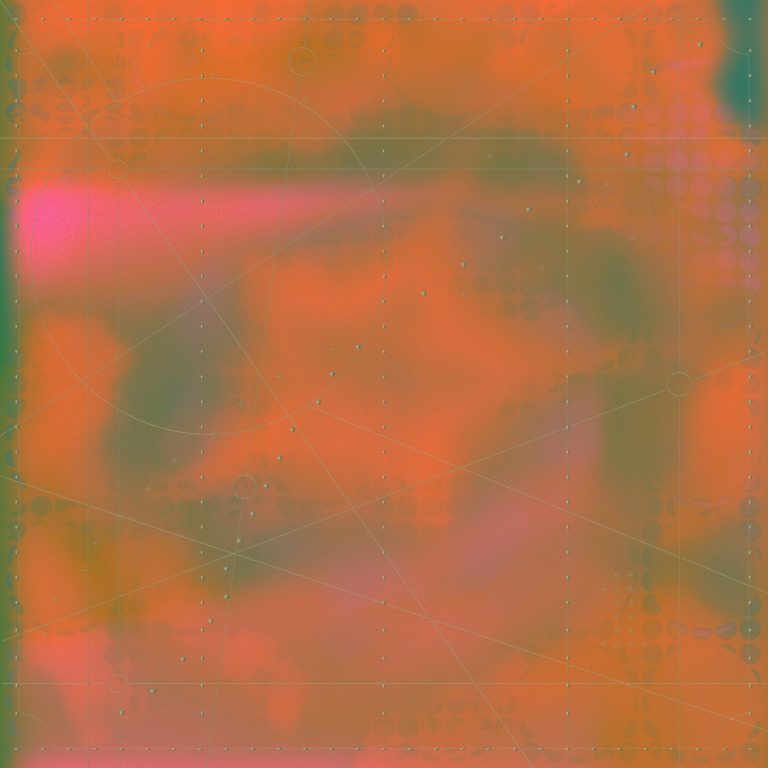An American visitor to the exhibition of Anton Litvin’s photographs – evocatively entitled The Shining – may be bewildered, even if for a moment. Upon entering, one is faced with a spare display of modernist-looking photographs showcasing objects plated with yellow metal glistening with reflected light and flattened to the point of being unrecognisable.
The images show the reflection from industrial-looking plates, hewn together, sometimes roughly, sometimes imperceptibly into rectangular leaves that seem to extend beyond the edge of the frame. These objects may reference the clairvoyance that runs as a theme through Kubrick’s film, The Shining. This uncanny ability of the possessed man’s son to see things that are hidden from others using a kind of “inner light” that is invisible to outsiders.
Armed with this association, a further look at Litvin’s photographs reveals that these shiny things refer to the gold-leaf domes of Russian churches, photographed at close range. The source of the light, at times blinding, at times subtle, represents the sun.
The horrifying effect of the American classic hinges on the loss of perspective and the impossibility of distinguishing the real from the imaginary. Litvin, who lives and works in Moscow, uses the same premise but reverses this effect. Photography, as a medium, erases the boundary between the real and the imaginary, and from this, we are not sure if these are the domes of existing churches, or if they are a photographer’s ruse.
There is nothing gruesome or uncanny in these images. They can be read literally, as an exercise in the modernist self-reference of a photographic image, or symbolically, as a paean to the Russian Orthodox church; they still “shine” with the light that we know is, in its own sense, real.
–
Natasha Kurchanova is a writer and curator who lives and works in New York.
The Sputnik Gallery is a New York city based gallery that shows work exclusively from Russian contemporary artists.




